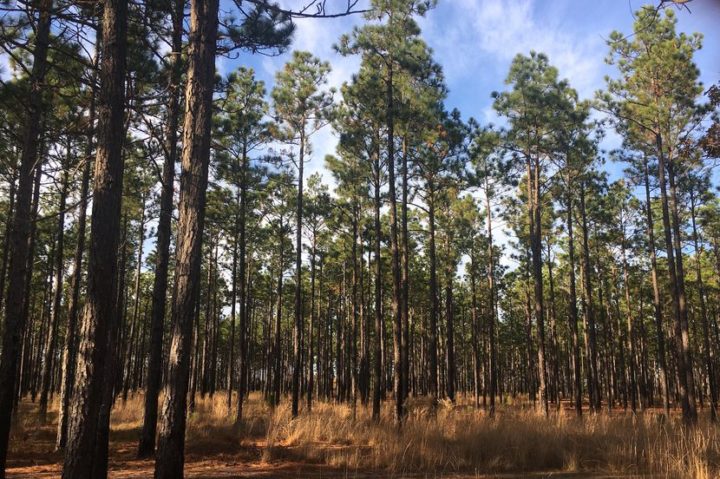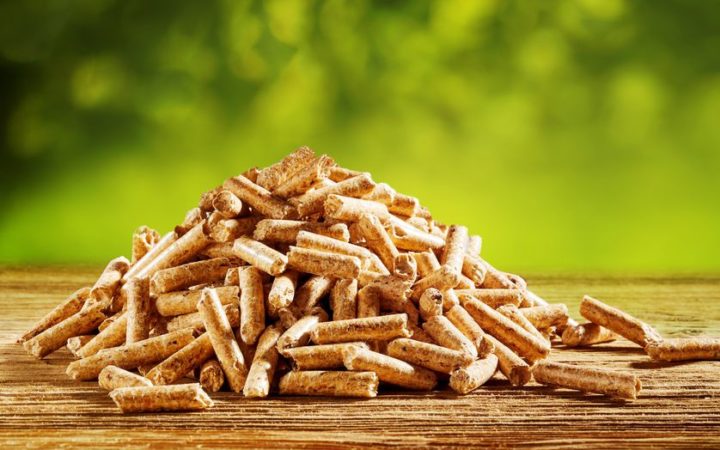15 FACTS ABOUT BIOENERGY
It’s a crucial tool in the fight against climate change, but that’s not the only reason to get on board with biomass.

Sustainably sourced wood biomass is a vital tool for replacing coal, growing more trees, and helping mitigate global climate change – all while promoting good-paying jobs in rural communities in the Southeastern United States. Here are 15 facts about this renewable, sustainable energy source.
1. Biomass used for power and heat generation displaces coal, natural gas, and other fossil fuels – keeping that carbon in the ground – while markets for sustainable wood products create incentives to grow more trees, which sequester even more carbon.
2. The United Nations Intergovernmental Panel on Climate Change (IPCC) – widely considered the world’s leading authority on climate science – consistently confirms the important role of the timber and wood biomass industries. According to the IPCC, every pathway to keeping temperature increases under 1.5 degrees Celsius includes sustainable forestry and wood biomass.
3. Thriving, healthy forests provide long-term carbon storage, a variety of valuable products, and fuel for heat and power generation – while limiting the spread of wildfires and insect outbreaks.
4. Wood-based biomass can also reduce wildfire risk by using fallen or dead trees in areas that are prone to wildfires – another win for the environment.
5. Wood biomass, produced by drying low-value wood into pellets, is used to replace high-polluting coal at existing energy and heat facilities.
6. When trees are sustainably harvested, wood continues to store carbon in the thousands of products we use every day, from paper products to lumber to housing construction and furniture. Trees then regrow, repeating the cycle.

7. The U.S. Forest Service shows the amount of carbon stored in the above-ground portion of trees in New Hampshire has increased by more than 4 percent between 2006 and 2012. Clearly, the use of biomass in that state is providing a positive benefit.
8. In 2017, wood pellets accounted for about 2.7 percent of the wood harvested in the Southeastern United States.
9. Forests in the Southeastern United States are healthy and growing. Since 1953, the land covered by forests in the Southeast has increased, and the standing stock on those forests has more than doubled. The United States now has more than 751 million acres of forest.
10. The key to keeping forests as forests is strong demand for forest products – including the additional value of selling low-value wood for biomass. A strong demand for forest products incentivizes landowners to maintain their timberlands and invest in forest productivity in order to increase supply, which results in more wood growing on trees in the South’s forests.
11. Recent data shows forestland owners in the Southeastern U.S. grow 40% more wood than is harvested annually. When landowners are encouraged to stay in the forestry cycle, you can expect the net size of forests to grow.
12. Because biomass is locally produced, harvested, and processed, it often provides an economic boost in rural areas, according to the nonprofit Biomass Energy Resource Center (BERC).
13. Private working forests in the U.S. support 2.5 million jobs.
14. Without strong demand for forest products, landowners might convert their land to a more profitable use, such as a farm, a housing development, or a strip mall.
15. Over the last 20 years, the number of U.S. family forest owners increased by more than 1 million (to nearly 11 million).
